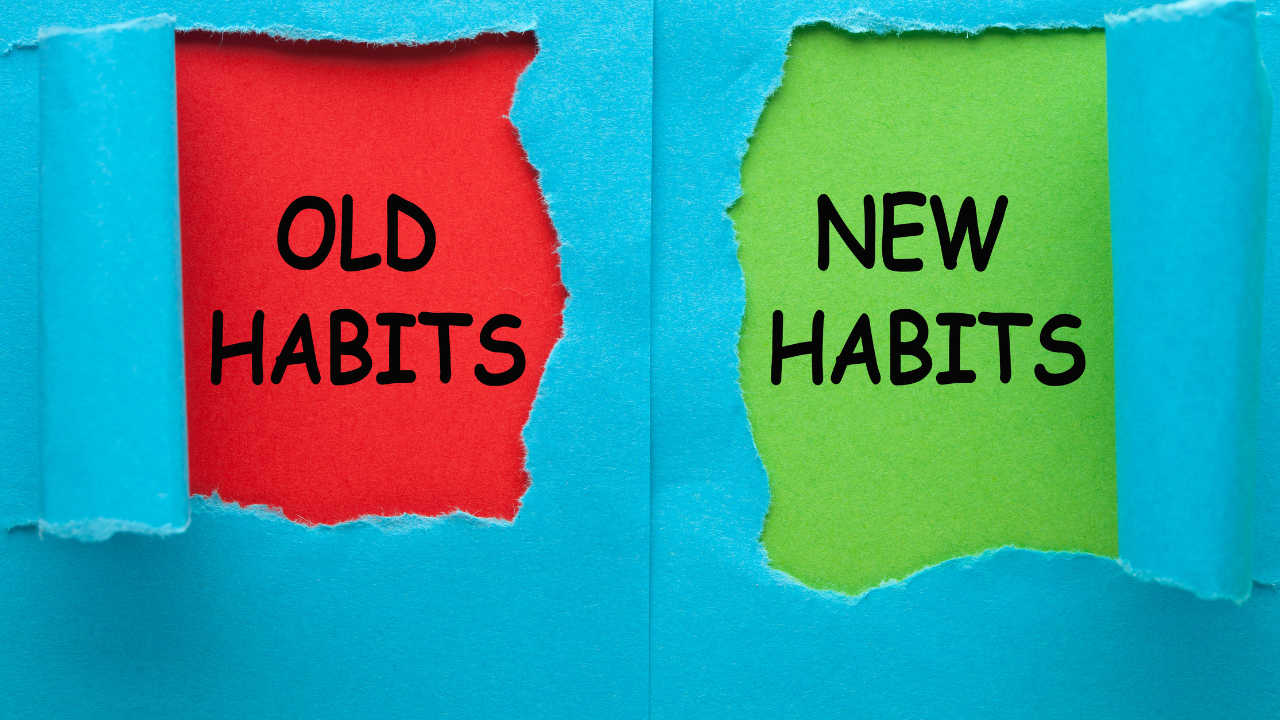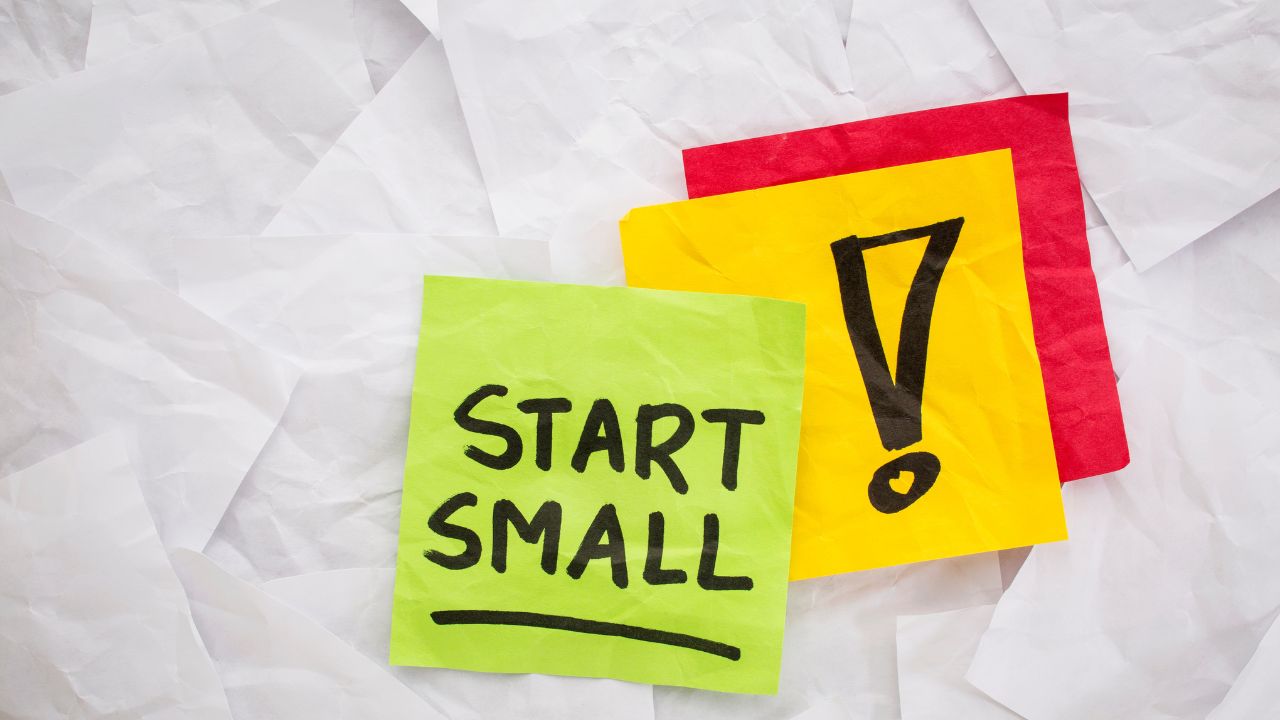
The Easiest Way To Create New Healthy Habits After WLS
Jun 14, 2022Have you ever tried to start a new healthy habit but kept forgetting to do it and it just never seemed to stick?
To get the best long-term results after WLS, it’s important to create new healthy habits that support your surgery.
Creating new habits is not always easy though and there’s a scientific reason for this. Our brains are built to adapt and become really efficient at the actions that we do regularly. So the neural connections for behaviors that we practice regularly are strong and they’re weak for those that we don’t practice regularly.
The human brain is adaptable however and just because we’re neurologically wired to do the habits and behaviours that we’re already used to doing, we can still change habits and create new ones. The great news is that we can also take advantage of the existing wiring in our brains to do that, by using a simple and effective technique called ‘habit stacking’.
Habit Stacking
The term ‘habit stacking’ was created by S.J Scott in his book 'Habit Stacking: 97 Small Life Changes That Take Five Minutes or Less'. Habit stacking basically involves 'stacking' a new behavior that we’d like to create onto an existing behaviour that we already do. The idea is that the existing behaviour will act as a reminder to do the new behaviour. So rather than pairing your new habit with a particular time and location, you instead pair it with a current habit.
For example, let’s say that you want to start a practice of meditation every morning. If we just intend to do this, without a reminder, then there’s a good chance that we’ll forget.

By using habit stacking however, you would pair this new meditation habit with a small everyday habit that you already have. For example, you could decide “After waking up and turning off my alarm in the morning, I will sit up in bed and meditate for 2 minutes before getting up.”
Then when you wake up and turn off your alarm, that action acts as a reminder to meditate. Then every morning, those two actions will start to become linked to each other. Wake up and turn off the alarm and sit and meditate for 2 minutes. The more regularly you do it, the more automatic this new habit will become.
Start With A Small Habit
It's important to make the new habit that you’d like to create, really, really small and achievable - that way you’re much more likely to do it. It’s better to plan to meditate for 2 minutes to start with than to aim to do 20 minutes. It’s also easier to go for a 5 minute walk than to go for 1 hour. The easier it is to do, the more likely you’ll actually do it. You’ll then feel good about completing it and you’ll be more likely to do it again. After time you can extend the habit or make it more challenging.
Find The Right Trigger
It’s also important to find the right trigger to link your new habit to. Make a list of the things you do every day or that happen to you every day. For example, getting out of bed, brushing your teeth, eating lunch, getting home from work, changing out of work clothes, receiving a phone call etc. Now you can choose the best building block on which to stack your new habit to. Consider when you’re most likely to be successful and don’t ask yourself to do a habit when you’re likely to be occupied with something else.
Your trigger should have the same frequency as your desired habit. If you want to do a habit every day, but you stack it on top of a habit that only happens on Tuesdays and Thursdays, then it won’t work.
Be Really Specific
If either your new habit or your current trigger are too vague, you'll probably struggle. If you tell yourself you're going to take a 5-minute walk every day during your lunch break, it would be helpful to decide exactly when you'll go outside— is it right after you get up from your desk? Is it after you finish lunch? The more specific you are, the more likely the habit stacking will work.
Examples Of Habit Stacking
Here are some example of habit stacking to inspire you:
- When I see a set of stairs, I will walk up them instead of using the lift or escalator.
- When I serve myself a meal, I will always put vegetables on my plate first.
- When I get stuck at a red light on my commute, I will take 3 deep breaths.
- When I receive a phone call, I will stand up at my desk or walk around.
- After I turn my alarm off in the morning, I will drink a small glass of water.
- When I’m waiting for my evening meal to cook, I will walk on the spot for 4 minutes / do 20 squats.
- After I brush my teeth, I will do 5 minutes of yoga.
- After I eat dinner, I will walk around the block for 5 minutes.
- After I get into bed at night, I will journal for five minutes.
To find out more, we’d highly recommend the book ‘Atomic Habits’ by James Clear, where he goes into a great deal of detail about habit stacking and other tools to break and create habits.

Our final piece of advice is to start with one simple habit. Forming new habits takes effort, so If we want our new habit to become automatic, we shouldn’t stretch ourselves too thin. Pick one simple habit to begin with, keep it really simple, and tweak it until it works. If for example, you intend to journal when you get into bed, but it’s not yet working, tweak it slightly by putting your journal on the bedside table so that you’re prompted to do it when you get there.
Give it a go, see how it works and let us know if you need some help!

